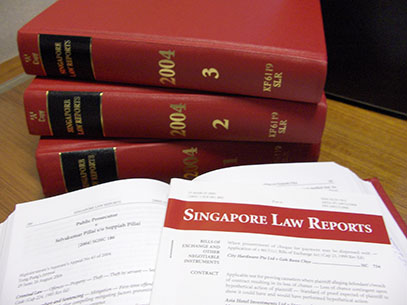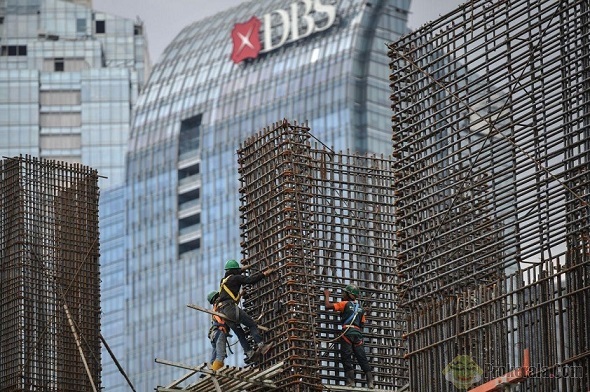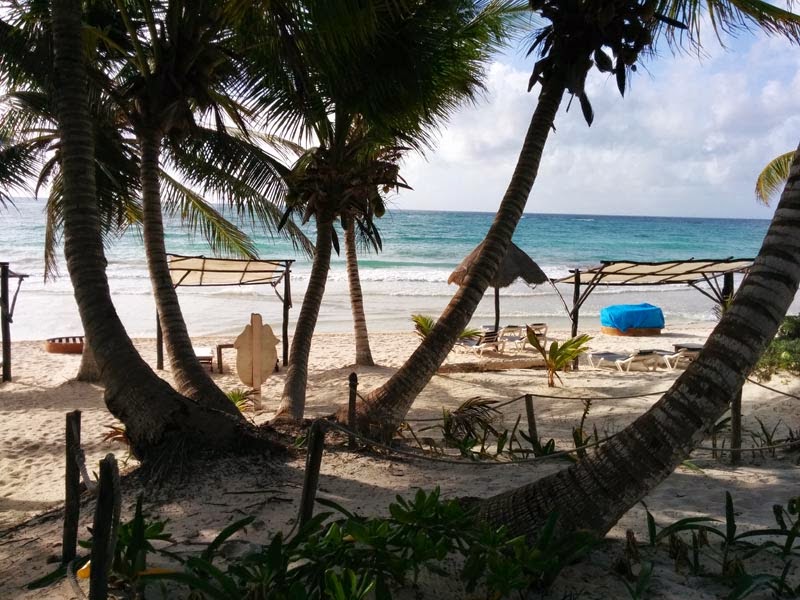
Indonesia: A Growing Tiger
by Gleb Zoubov
In 1980s, the term Asian Century, was coined by a meeting between by the People’s Republic of China (PRC) leader Deng Xiaoping and the Indian Prime Minister Rajiv Gandhi. The reasons for such a terminology were made apparent with the strong economic and demographical performance over the three decades preceding 2010. Although, setbacks like the 1997 Asian Financial Crisis did hinder, in the short-term, the growth of the area as a whole, it nevertheless remained strong and sustainable – arguably holding a force and magnitude that could revise the allocation of socio-economic power on the planet.
Throughout the period of 1980’s and until the Global Financial Crisis, the most robust and fast growing of all the economies in the Asia-Pacific region, were termed the Four Asian Tigers, consisting of Hong Kong, Singapore, South Korea and Taiwan; and their lesser known Tiger Cub Economies: Indonesia, Malaysia, Philippines and Thailand.
When during the 2007, the Global Financial Crisis hit the world economy, sending shocks throughout financial institutions and governments on a global scale, the economies of the Tigers in the Asia-Pacific region had also dipped with the rest of the world; but not on such a large scale as in the Western economies, due to the underlying causes of the crisis not having such a strong effect in their economies in the first place. For example, key Asian financial institutions entered the global financial crisis with limited exposure to subprime-related instruments, and most had relatively healthy financial positions and strong capital buffers to prevent sharp dips in economic growth. But, due to the growing globalization tendencies, such as a 30% foreign ownership of Asian stock and bonds and the sharp responses during the beginning of the crisis shown by the Asian stock markets, as well as large volume of capital remittances by western investors, show that no economy escaped unscathed. With some of the Asian Tiger economies fared worse than others, with China’s export driven economy, for example, feeling the impact of the slowdown in the United States.
During the Global Financial Crisis, one of the economies from the Asian Tiger Club, showed surprising resilience and flexibility to the effects, this economy was the Republic of Indonesia. With strong domestically orientated and market based economy, Indonesia had managed to perform better than others in the region – keeping its GDP growth above 4% per annum. This success can be attributed to a sprawling domestic consumption market, 237 million strong, purchasing and selling goods made in Indonesia; which allowed the country to pick up the slack, left over by a falling demand for exports as well as creating new jobs and reining in the outflow of capital. Furthermore with strong balance sheets for the President Yudhoyono’s government and the private sector, as well as fast policy responses have enabled the economy to go through the Global Financial Crisis and the recent turbulent economic
events in European Union in a stable manner. Such a strong performance had let to a series of rating upgrades from Fitch as well as setting the stage for an investment grade sovereign rating within the next year – enabling greater institutional investments and lower long term borrowing costs for the Indonesian government. This had also contributed to an increase of portfolio capital from the second half of 2010, when the international capital flows had resumed.
Aligned with this background, Indonesia’s economic growth is expected to accelerate to 6.5% by the end of 2011, as surging capital imports and recovering credit market points to a healthy outlook for private investment; with average inflation rate expected to remain under 5%. Fundamentals have also strengthened, with most Indonesian banks reporting high capital and comfortable levels of liquidity as well as profitability; furthermore with the appropriate monetary policy mix and continued exchange rate flexibility, Indonesia will be well served in responding to the changing global conditions. With a strong and fast growing middle-class lending further increase to domestic demand and growth in domestically owned enterprises and SME’s. With government lending further support to education and training, the growth of Indonesia’s workforce over the next two decades will likely prove more promising than for any of the four BRIC countries.
The government’s outlook for 2011/2012 is also supportive of economic stability and is consistent with plans to further reduce public debt, relative to GDP, which is already at the moment at a low 23% (compared to 93% in United States, 228% in Japan, 98% in Singapore). Furthermore strong policies during President Yudhoyono’s term in office, had led to a strengthening of investor confidence in the country as a whole; indicators from a significant drop in corruption to an overall reduction of bureaucratic red tape, is making Indonesia a more lucrative investment opportunity for foreign investors.
Indonesia already figures among the world’s top three exports of coal, natural gas, LPG, crude palm oil, RBD coconut oil, desiccated coconut and natural rubber. Within its borders there is the world’s largest gold mine and second largest copper mine; and some of the largest and most productive nickel, iron and manganese concessions. With a constant growth of foreign direct investment – a 15% increase in overall levels in the first Q2011 compared to 2010, Indonesia is laying down the groundwork for an increase in economic growth.
Furthermore the Indonesian government in the past few years had vastly improved the entrance policies for new foreign companies. Government agencies, such as BKPM (Indonesia Investment Coordinating Board) and KADIN (Indonesian Chamber of Commerce and Industry) are constantly promoting new opportunities for investments. Offices of BKPM are present in all regional capitals and provide investors with “one-stop investor window” services,
where one can find out or request any necessary information from potential investment sectors to submission of documents for opening a new company. Opportunities for new profitable ventures are not limited only to the central Java province, but are present throughout the many regions of Indonesia.
The most robust sectors for investment in Indonesia are agriculture, manufacturing, mining, tourism and large scale government projects projects.
In agriculture, Indonesia boasts one of the largest markets in the world for rice consumption; although a heavily subsidized industry, it remains one of the fastest growing, due to the constant increase in domestic demand. Another potential agriculture sector is seaweed growth and processing to the additive carrageenan, which is used in a wide range of food, and cosmetic products as a binding agent. Indonesia also has some of the largest coconut plantations in the world, with over 2 million hectares of harvestable land.
In manufacturing, through a Presidential Decree, The Riau Island Special Economic Zone (islands of Batam, Bintan and Karimun) was established in 2007. The islands are within a strategic distance of Singapore (50 minutes via ferry), and have already attracted over 2,000 foreign companies from around the globe (including such heavyweights as Ciba Vision, Epson, Halliburton, Hyundai, Matsushita, McDermott, Nippon Steel, Philips, Sanyo, Siemens, Sumitomo, to name but a few). In the Presidential Decree, a Special Economic Zone is identified as “an area within the jurisdiction of the Republic of Indonesia which is exempted from import duties, Sales Tax, Value-Added Tax, Tax on Luxury Goods and any customs duties”; which provides ample opportunities for foreign investors looking to outsource their factories and production process to benefit from strategic benefits over their competitors.
As previously stated, Indonesia has large deposits of natural minerals, including: coal tin, nickel, copper, gold and bauxite; with the largest mining concessions to be found in Kalimantan for coal and Sulawesi for Nickel. There are long established foreign multinational companies working in the mining sector, with some of the largest being: Freeport-McMoRan, Rio Tinto and Newmont.
Indonesia is also a popular destination for tourists, with one of its smaller islands attracting over half a million tourists annually from around the world – called Bali. As a niche for investment, experts agree that Bali has become oversaturated, with no prime real estate left for development or sale from first hands; although opportunities exist but at a secondary or tertiary buyers market, leading to significant price hikes. This has led foreign investors to search for other opportunities, namely in an island, with close proximity to Singapore, called Bintan; which already has an established tourism infrastructure, but still has plenty of room for foreign investment. Bintan, is visited annually by 300 000 tourists, who stay in five star resorts around the island, with well established names such as Club Med and Banyan Tree already having a stake hold there. Nevertheless, there are still areas of prime beach waterfront in Bintan which are not developed and are waiting for interested investors.
Some of the investments opportunities in Indonesia are provided directly by the government. These include large scale infrastructure projects, for example, toll road construction or various power plant developments. Power Plant construction in Indonesia had taken top priority for the past few years, due to the overall deficit in electricity (especially in regional Indonesia). This had led to an influx of American, Japanese, European and Chinese investors, who have either constructed or are in the process of construction of power plants in Indonesia. The governing body for electricity generating enterprises in Indonesia is governed by PLN (State Electricity Company), which allows for construction and operation of power plants by foreign investors on a “buy-back” basis.
Although not limited to any industry, the general rule is that if the potential investment project is worth more than 1 trillion Indonesian rupiahs (approximately 112 million USD), the government will readily provide various tax and other financial concessions to the investors. Exceptions are projects in far away regions of Indonesia, where additional governments concessions or subsidies can be sought after, with less investment amount required.
As the situation in European economies worsens and the Western countries look for possible solutions to shore up market confidence in their economies, the Asia-Pacific region looks to become a more lucrative opportunity, for not only keeping your capital, but also increasing it.
While there are many profitable and advantageous business ventures in the Tiger Economies, one must remember that there are a few variables to keep in mind. In Asia, reputation is above all else, and choosing a local partner or a company with a good track record of work and networking, can be crucial for your success in the country. A good local contact can also assist with the multitude of red tape and bureaucratic loops present, once the venture is on its way; from assistance and fast tracking with relevant permits for the company to meeting with the relevant key government figures. Understanding the local customs and culture is also crucial for a productive and efficient running of the business – further highlighting the importance of a local contact. But, above all, one must remember, that in Asia, perseverance, determination and good relations are valued above all else.




